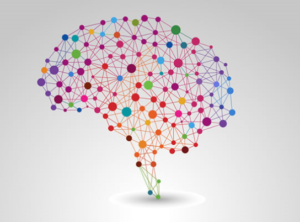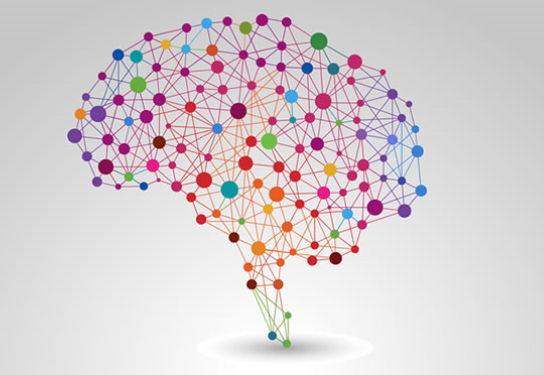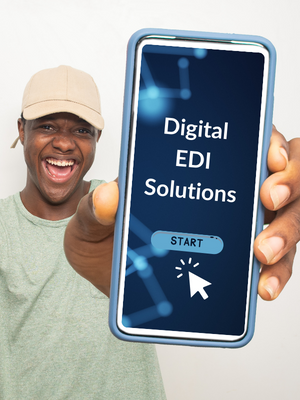 By Melanie Lilley*
By Melanie Lilley*
We are all negotiating and influencing all the time. Most of our daily interactions involve a negotiation of some kind. From the obvious, interacting with your team members or landing that next client or job, to the less obvious: is that journalist negotiating with your existing beliefs? Once we stretch our interpretation of negotiating we open up opportunities to influence and impact.
The Science bit:
Trust and distrust are located in two different areas of the brain – distrust in the primitive reactionary amygdala and trust in the rational executive brain – Pre Frontal Cortex. When assessing someone initially, our brain makes a reactionary judgement 400x faster than rational thought and either processes it to protect us (fight or flight/stress and distress – releasing Cortisol) or as trust to begin a relationship (releasing Oxytocin).
Steps to Influencing:
‘We like people like us’ the science says, so how can we use this to activate our Pre-Frontal Cortex (PFC)? Let’s look at areas of potential influence:
- How well do you know the other person/people? What overlaps are there in your lives? How old are they? What information sharing style resonates with this age group?
- What can you find out about them (social media platforms/mutual colleagues/reputation)? What are their habits/hobbies? In one negotiation we worked on, we discovered a member of the other party was an avid follower of the Tour De France, so a member of our team became a cycling enthusiast overnight.
- Watch them closely to discover what really drives them. In our courses a key concept is understanding the personal needs of the other party. Are they data driven? If so present an analytical case. Are they a big picture thinker? Present visionary scenarios.
- How do they dress? Can you mirror style/colour?
- We can subliminally influence when emailing or phoning. Repeat back words (without obviously mimicking), tone, pace – this is all saying ‘we are similar’ and triggering subconscious reactions.
Where can you find common ground and start a conversation? Research shows that even if we find one nugget of common ground our brain inexplicably assumes we have so much more in common.
Environment has an impact on emotion. When working with a particular government body (which was very keen to showcase its success stories, naturally) we had to advise that pictures around the walls of aircraft carriers, tanks and the latest weaponry were sending out a very aggressive and intimidating message to external contractors. Of course, this is also a tactical use of power in some instances.
Watch out for irritators
Insults, rejection, and micro-aggressions – whether intentional or unintentional, actually cause physical pain. Upsetting someone through exclusion or criticism for example, engages the same neural pathway through which physical pain is relayed, so we really do feel that perceived insult as a physical blow, this is why you may forget a compliment but never forget a slight. Don’t damage the relationship unintentionally.
Dopamine, Oxytocin, Serotonin, Endorphins and Cortisol all play a key part in our everyday interactions (your daily DOSE). We have the ability to activate these neurochemicals within ourselves, and more importantly understand what it is that increases these levels in others.
‘People are 6x more likely to make a deal with someone they like’ Chris Voss FBI International negotiator.
* Melanie Lilley 07971 008848
As a trained negotiator with a leading global consultancy, ENS International, I have a passion for supporting women and researching applicable commercial neuroscience. Sign up here for newsletters, tips and techniques at www.icd.company. Or contact me via LinkedIn. Let me share details of how we can work with your organisation and in particular your Female development journey.


